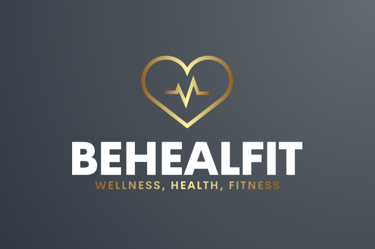Hug Therapy: Discover the Power of Touch
Hug therapy, or therapeutic hugging, is a therapeutic method that utilizes the power of physical touch to improve mental and physical well-being. Based on research highlighting the importance of physical contact, this approach is gaining popularity as a means to reduce stress, combat depression, and improve interpersonal relationships. This article explores the science behind hug therapy, its different forms, and its proven benefits.
BLOGWELLNESS
2/22/20241 min read


1. The Science behind Hug Therapy:
Hug therapy is based on the principle that physical contact, such as a hug, can trigger the release of oxytocin, often referred to as "the love hormone" or "the cuddle hormone." This hormone helps reduce stress and promote a sense of calm and connection. Additionally, hugs can decrease the production of cortisol, the stress hormone, thereby improving heart health and reducing blood pressure.
2. Forms of Hug Therapy:
Hug therapy can take several forms, from hugging sessions between friends or family to professional sessions with a hug therapist. It may also include practices like massage, holding hands, or other forms of comforting physical contact.
3. Benefits of Hug Therapy:
The benefits of hug therapy are vast and varied:
Reduction of stress and anxiety.
Improvement of mood and combat against depression.
Strengthening of social bonds and improvement of relationships.
Better heart health and reduced blood pressure.
Strengthening of the immune system.
Conclusion:
Hug therapy is a promising therapeutic approach that uses human touch to improve health and well-being. As more studies underscore the importance of physical contact, it becomes clear that something as simple as a hug can have profound effects on our physical and mental health. However, it is important to respect personal boundaries and consent in all physical interactions.
